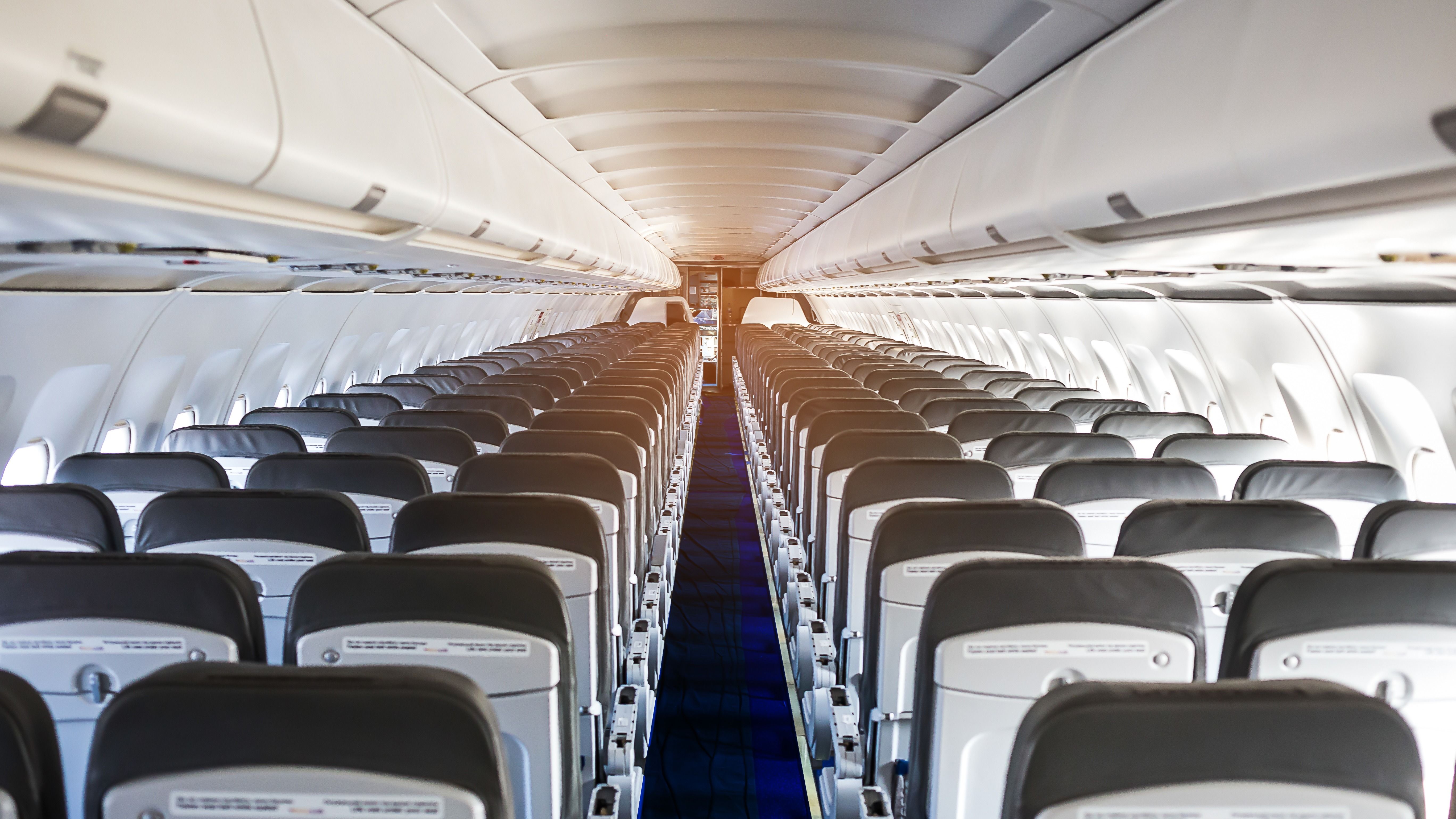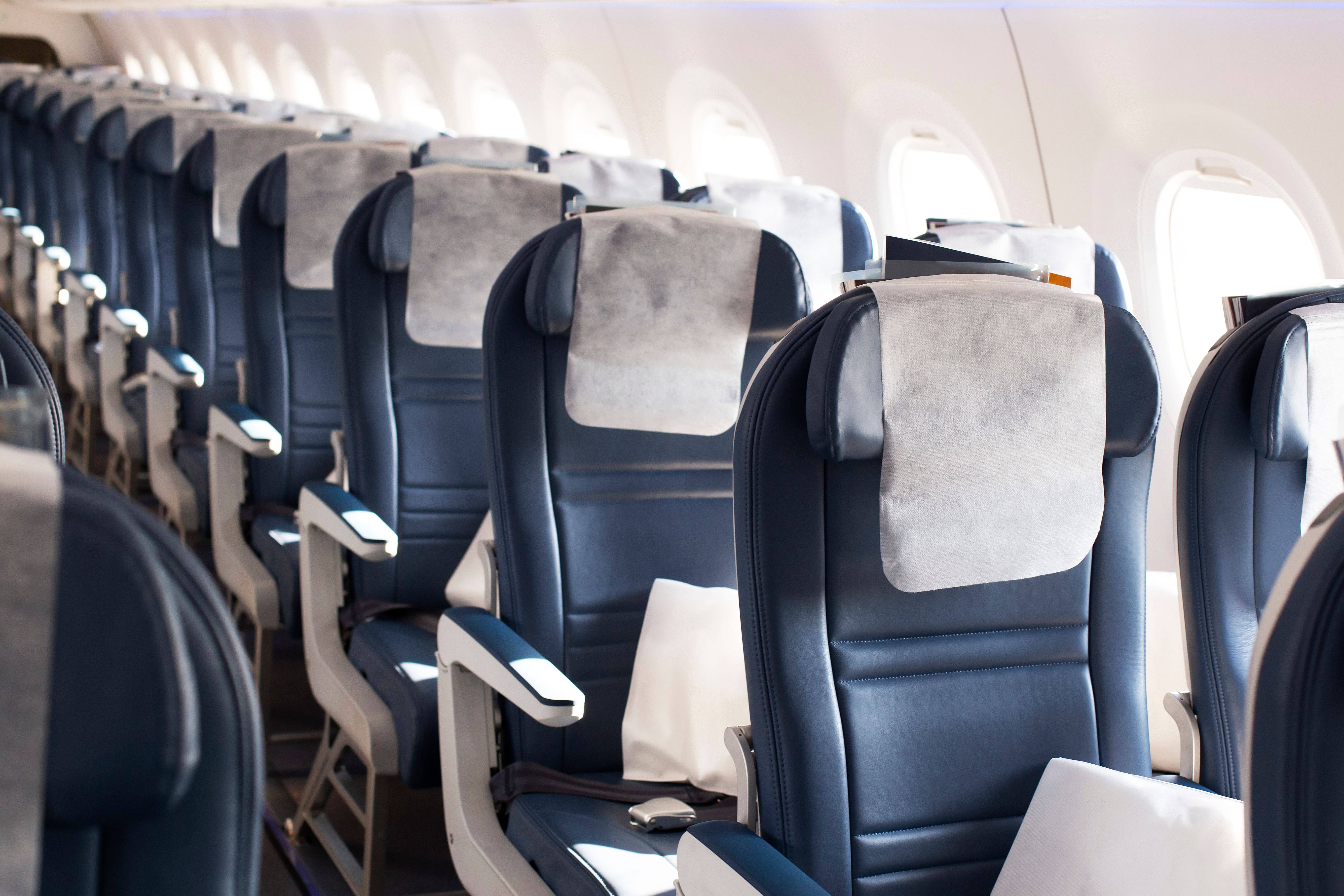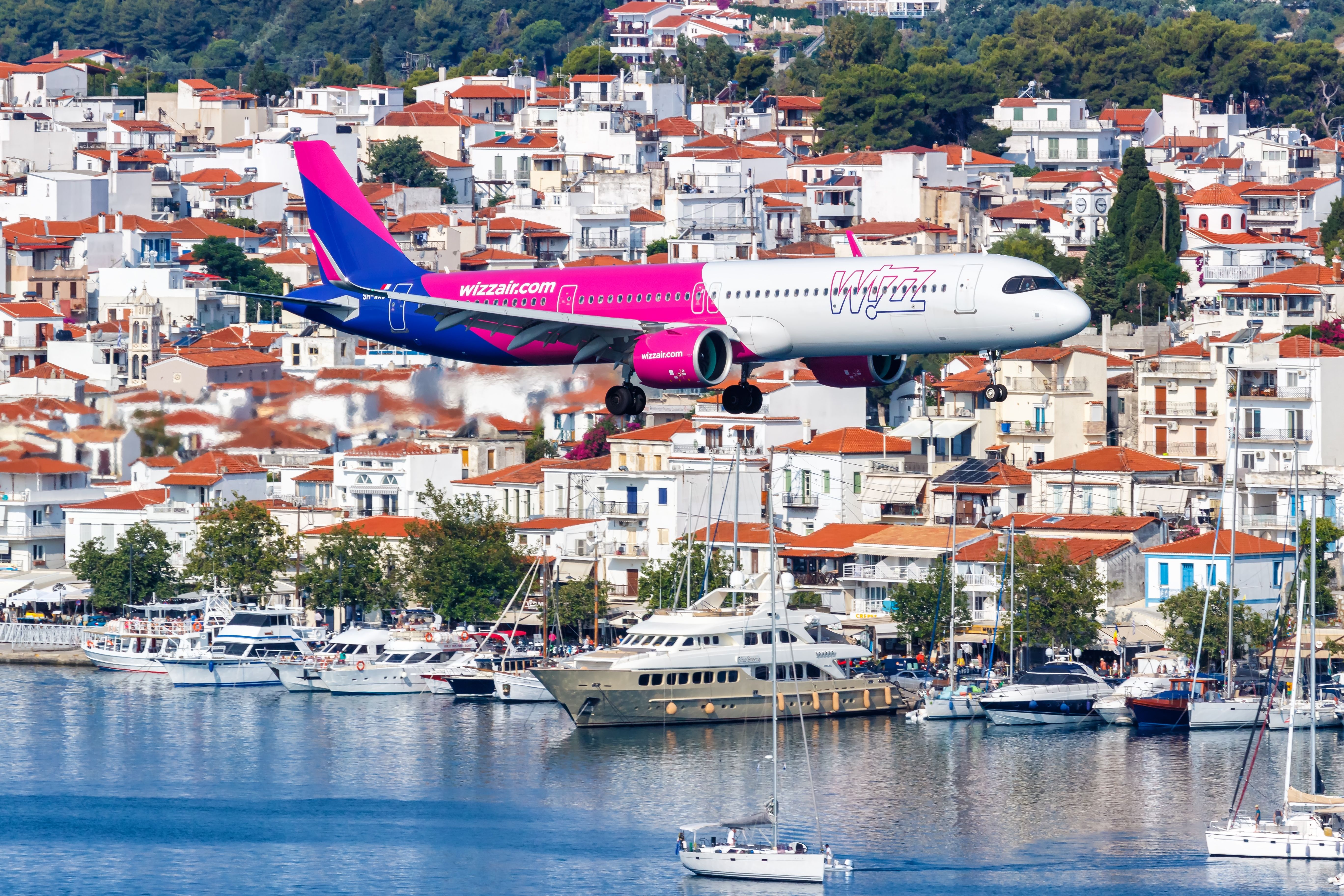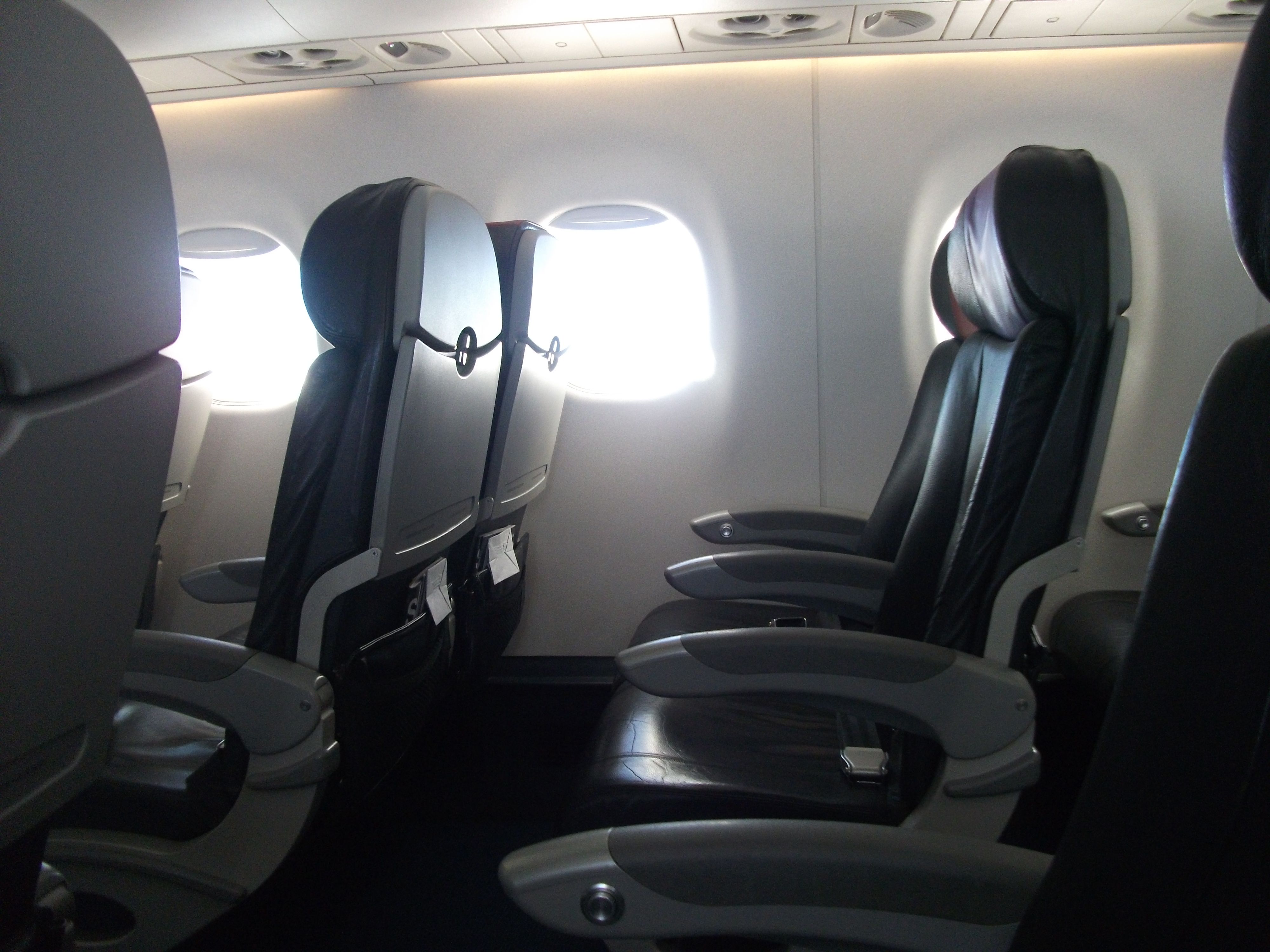Summary
- Airlines have been reducing legroom and seat pitch in order to fit more passengers and increase revenue, leading to less spacious cabins.
- While this may be uncomfortable for passengers, it benefits airlines financially by increasing their net profit and reducing operating costs.
- The reduction in legroom also contributes to improved fuel economy and lower carbon emissions per passenger, which is beneficial for the environment.
Have you ever wondered whether aircraft seats are getting smaller or if you're eating too many pies? Chances are it's the seats, despite your pie intake.
With airlines investing in larger aircraft and adding more seats, legroom, and seat pitch have significantly decreased over the years. On flights from Europe, the average number of seats has increased by 16% over the last ten years and nearly 50% over the last 20.
What happened to spacious cabins?
Back in the 'golden age' of flying, it was all about luxury. Getting on an aircraft was a special occasion for many, and passengers often dressed up for it. There was a lot more space in the cabins, with fewer seats and more legroom. As airfares were more expensive than they are today, airlines were focused on enhancing the cabin experience rather than capacity.
This period also saw the start of the jet age pioneered by aircraft like the de Havilland Comet, the Boeing 707, and later the game-changing Concorde. Early jet airliners typically offered from 34 to 36 inches of seat pitch (airline code for legroom on flights). The first Boeing 747s, flown by Pan Am and similar carriers, offered 'industry standard' 34 inches of pitch. Then came the 80s.
As competition increased, airlines aimed to squeeze in a few more passengers each trip, reducing the aforementioned industry standard to just 32 inches of pitch. Since then, there has been less and less legroom on flights as carriers aim to pack in as many passengers as possible.
For example, American Airlines', dubiously named 'Project Oasis,' completed in 2021, was all about retrofitting extra seats in its 737-800 aircraft. A similar retrofit was performed on its Airbus A321 fleet, to the detriment of our legroom. Some low-cost carriers like easyJet and AirAsia have 29 inches of pitch on some aircraft, while some short-haul carriers like Spirit go as low as 28 inches.
Nobody wants to be squished on their flight, but is there an upside to the prospect of forever traveling with aching knees?
How legroom reductions benefit airlines financially
Although it comes at the cost of legroom for passengers, installing more seats on an aircraft equates to more revenue and lower operating costs for airlines. Increasing revenue can increase a company's net profit for any industry.
Looking at an airline's fixed costs, like staff and jet fuel, how much more profit can they make from extra seats? According to an analysis by Johnny Jet, increasing revenue by 20% could increase net profit by 36% as fixed costs remain unchanged, leading to airlines packing the cabin with more seats.
As of Q1 2023, the national average cost for a domestic passenger ticket is $382, according to the BTS. As such, adding one or two more rows of six seats could result in additional revenue of at least $2,292. Obviously, this figure is reduced by slightly higher fuel and catering costs, but with up to 50,000 daily flights and load factors of over 80%, this could be a significant increase for the airline industry.
Discover more aviation news about the passenger experience here.
Fuel economy
Fuel economy in air travel is measured by the fuel efficiency of an aircraft and engine model, along with the airline's efficiency, including seating configurations and load factors. Before the COVID-19 pandemic, average fuel consumption was 34 pax-km per liter. It follows logically then that if you have more passengers on the same aircraft, you'll get more passenger km to the liter.
Regarding carbon emissions per passenger per km, low-cost carriers are typically more efficient than full-service or legacy carriers because of their ability to fill up their aircraft. In 2018, carbon emissions were 918 Mt, with passenger airlines contributing about 81% for 8.2 trillion RPKs.
In 2019, Hungary's Wizz Air had 57 g/RPK carbon emissions, 40% lower than Lufthansa and IAG, because of the premium products and lower-density seating offered by the larger carriers. In 2021, Cebu Pacific had one of the lowest carbon emitters, with 1.75 L/100 km per seat, thanks to its high-density seating on its A330neo aircraft.
In May 2022, Frontier Airlines was ranked the most efficient carrier in North America by CO2 per seat per mile, thanks to its young and high-density fleet of Airbus A320neo aircraft. Spirit Airlines came in second, while its customers complain about the 28-inch seat pitch.
How far can airlines go with reduced legroom?
The upside, in general, to less legroom on flights is that the carbon emissions associated with your trip are less. The global aviation industry accounts for around 2.5% of the world's carbon emissions, and in the US, air travel contributes 11% of the nation's overall carbon output.
More people on planes with less legroom means less carbon emissions per head, which is good, right? Research suggests that traveling business class can significantly increase the carbon cost of your flight, so choose an economy seat if you're keen to keep your individual footprint low.
Some passengers can still take advantage of the exit row seats to enjoy more relief and comfort on longer flights. However, if you thought the issue of reduced legroom could not get any worse, a new concept by Recaro could bring the end of extra legroom in emergency exit seats.
In conclusion, from a carrier's point of view, legroom reduction means reduced costs, increased revenue, and fewer carbon emissions, making it a great option. While it is suitable for airline operations, let's hope they don't figure out how much less space humans take up when standing.
What are your thoughts on reduced legroom and seat pitch? Please let us know in the comments!
Source: IBA, Johnny Jet





